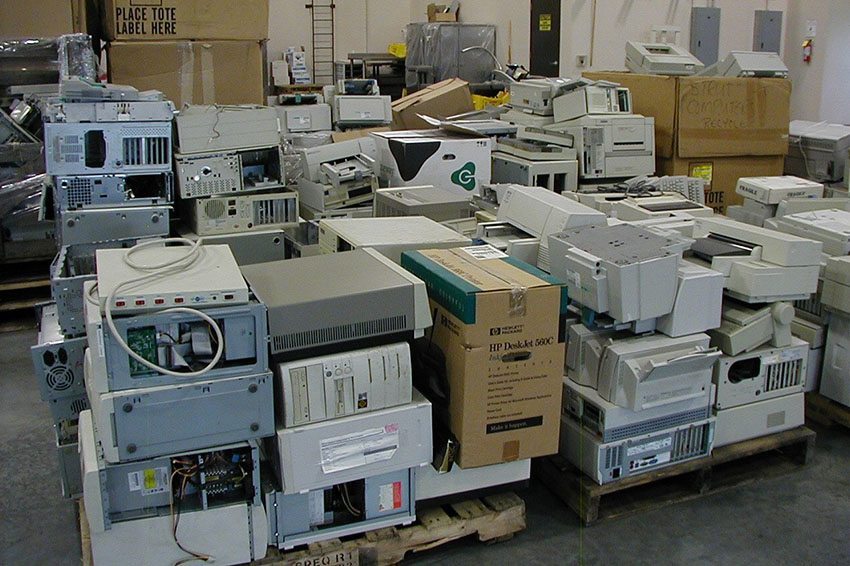
The U.S. recycling rate for consumer electronics has been trending downward since 2014.
The U.S. recycling rate for consumer electronics took a dive in 2016 and flatlined the following year, according to the U.S. EPA.
The recycling rate for consumer electronics decreased from 39.7% in 2015 to 35.8% in 2016. It then remained relatively flat, at 35.9%, in 2017.
EPA this month released national waste generation and recycling data for the years 2016 and 2017. The prior data release, which occurred a year and a half ago, covered 2015.
In 2017, the U.S. generated 2.84 million tons of consumer electronic scrap, down 8.4% from 2015. The country recycled 1.02 million tons, down 17.1% from 2015. EPA did not provide incineration and landfilling estimates.
The recycling rate for consumer electronics has been decreasing since 2014, when it hit 41.7%.
The EPA’s “consumer electronics” category includes devices such as TVs, VCRs, DVD players, video cameras, stereo systems, telephones and computer equipment. Small appliances and white goods are included in separate categories.
Nationwide MSW recycling rate
Across all municipal solid waste (MSW), the national recycling and composting rate increased from 34.7% in 2015 to 35.2% in 2017, according to EPA data. The rate hasn’t shown much movement for a long time: It has remained around 34% or 35% since 2010.
Total weight recycled increased from 91.0 million tons in 2015 to 94.2 million tons in 2017, up 3.5%. Weight burned for energy recovery increased from 33.6 million tons in 2015 to 34.0 million tons in 2017, up 1.4%. Weight landfilled increased from 137.6 million tons in 2015 to 139.6 million tons, up 1.4%.
EPA released the data in conjunction with America Recycles Day, which was Nov. 15. The administration also released a National Framework for Advancing the U.S. Recycling System document.
A version of this story appeared in Resource Recycling on November 20.
More stories about research
- Project brings rare earth recovery into e-scrap facility
- Texas A&M researches rare earth extraction
- Report: Battery ‘retirement tide’ nears